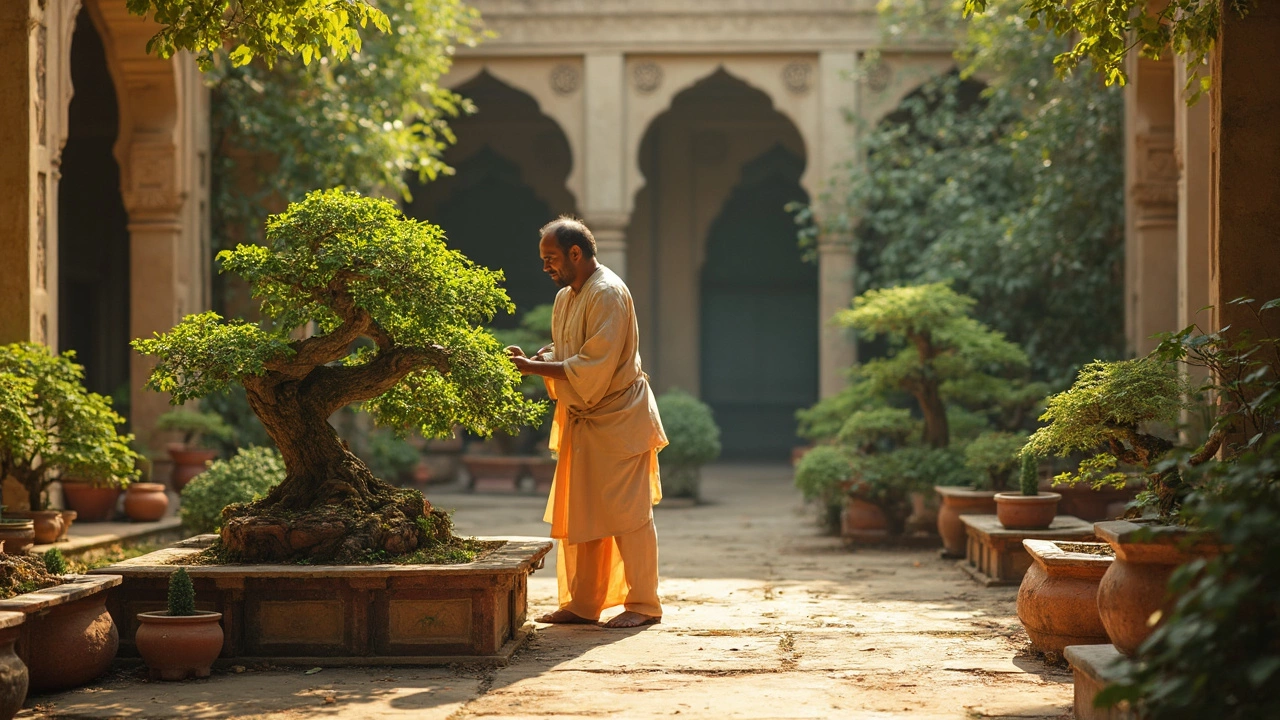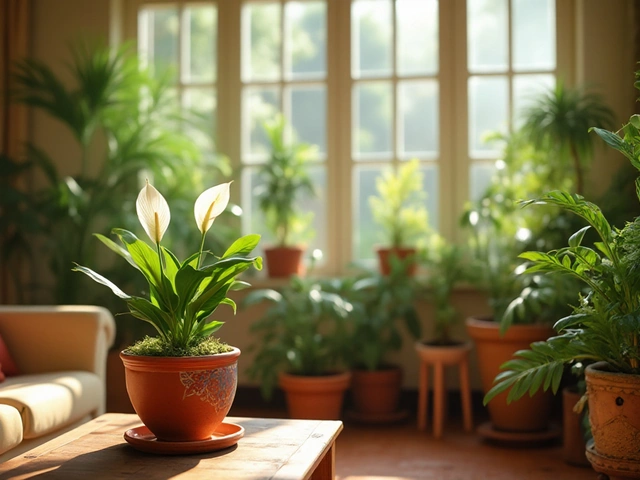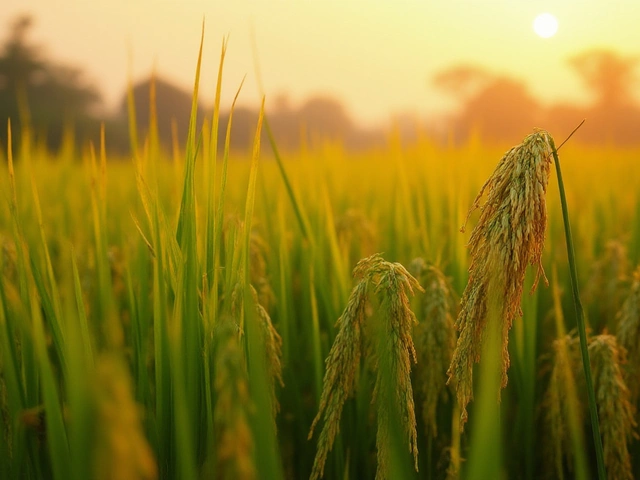Bonsai trees, those delightful little masterpieces, can be pretty rewarding to grow, yet they come with their own set of challenges. If you're new to bonsai or even if you've been nurturing them for a while, there are certain pitfalls you might want to steer clear of to keep these mini trees happy and thriving. One common misstep is getting a little too enthusiastic with the watering can. Overwatering is a big no-no and can lead your bonsai roots to a sad, soggy demise. To keep things just right, it’s about finding that sweet spot where the soil feels slightly damp but not drenched. Trust me, I learned this the hard way after a few too many sink-or-swim scenarios with my plants.
- Overwatering Blues
- Wrong Placement Woes
- Pruning Problems
- Feeding Faux Pas
- Neglecting Pot Bound Risks
Overwatering Blues
Let's talk about the often-experienced blues of overwatering. Bonsai trees are all about balance, and their roots need oxygen as much as they need moisture. Drowning them in water can lead to root rot—a common plant disaster that's sadly, more frequent than you might think.
One of the tell-tale signs that you're in overwatering territory is yellowing leaves, which look pretty disheartening. Feel the soil; if it’s soggy, you’re probably giving it too much love in liquid form.
“When it comes to bonsai, less is often more. A careful balance in watering ensures healthy growth and prevents common ailments.” - Bonsai Empire
To dodge this wet pickle, here's a simple yet effective routine:
- Check moisture levels by poking a wooden stick into the soil. If it comes out with damp soil clinging to it, hold off on watering.
- Make sure your bonsai pot has proper drainage holes, and if you're using a drip tray, empty it regularly.
- During cooler months, scale back on watering since your bonsai isn't as thirsty as in the summer heat.
A crucial tidbit to remember: Watering should mimic natural rainfall. Think gentle and thorough, but only when the soil really needs it. Keeping this balance in check keeps your bonsai healthy and helps you dodge the overwatering blues that have troubled many a fan of these tiny trees.
Wrong Placement Woes
Picking the right spot for your bonsai is like setting the stage for a great performance. Many folks, especially beginners, might not realize how big an impact location can have on their bonsai's health. It's not just about aesthetics; it's about survival. Bonsai trees thrive in certain conditions, and missing that mark can lead to all sorts of troubles. So, where exactly should they hang out?
Your choice of placement largely hinges on the type of bonsai you have. Some need the full sun treatment, while others crave a bit of shade. If it's a species that naturally grows in shade, placing it outside in direct midday sun can scorch the leaves pretty quickly. On the flip side, if your bonsai loves the sun, keeping it indoors away from light can weaken its growth.
Temperature matters too. Most bonsai trees don’t handle extreme cold or heat very well. Imagine leaving a sun-loving juniper tree in a drafty, cold hallway during winter. It’s not going to end well. Know your tree's tolerance levels and seasonal needs.
Humidity plays a part. Indoor environments can be dry, especially in winter when heating systems zap away moisture. Placing a water tray near the bonsai can help. We've learned that in our own home, balancing indoor humidity makes a big difference.
- If your tree thrives on light, aim for places like window sills or bright porches.
- For shade-loving types, a spot with indirect natural light will do the trick.
- Watch out for harsh elements; drafty spots or over-air-conditioned areas aren't great choices.
- Be mindful of seasonal shifts; you might need to rotate your tree’s location as the year progresses.
Remember, keeping an eye on how your bonsai responds to its environment is key. Is it looking perky or a tad droopy? Adjust its location accordingly. With a bit of attention, you’ll find that sweet spot where your bonsai can truly shine.
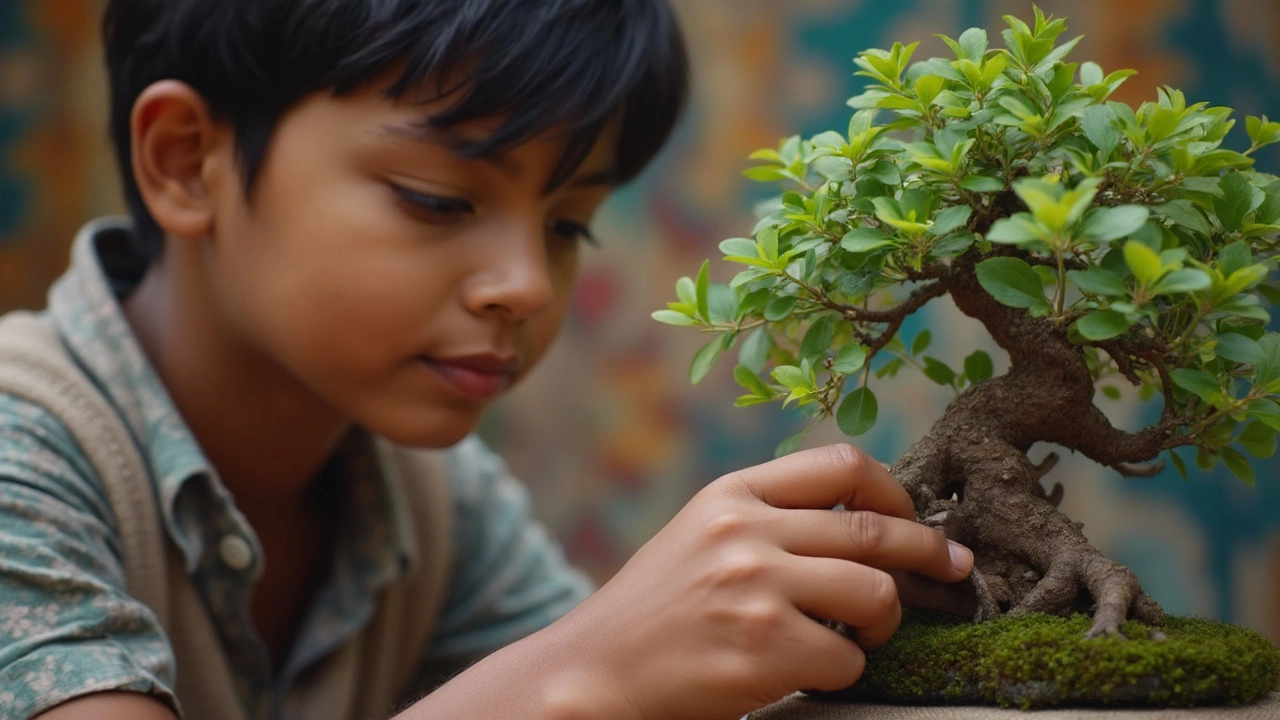
Pruning Problems
Diving into pruning can feel like giving your bonsai a neat haircut, but it's not just about snipping random branches. It's crucial to understand that improper pruning can actually harm your tree, messing with its growth and shape. Let’s talk about some common mistakes people make.
First off, pruning at the wrong time can be a real setback. Focus on pruning during the tree’s dormant period, typically in late autumn for most species. This helps you avoid stressing the plant when it's trying to grow. Plus, it makes wounds heal faster since the tree isn’t busy with other seasonal tasks.
Another mistake is being too timid or too aggressive. If you're too cautious, you might not remove enough branches to maintain the tree’s shape, leading to a cluttered look. On the flip side, hacking away at branches can rob the tree of its natural beauty and even cause it to go into shock.
When pruning, always use sharp and clean tools. Dull or dirty tools not only make cuts more difficult but can also spread diseases. Always prune just above a node or leaf set, which encourages new growth in the right direction.
- Avoid over-pruning: This might seem obvious, but it’s easy to misstep. Removing too much at once can hinder the tree's ability to photosynthesize properly.
- Keep the overall style in mind: Each bonsai has its own intended style—like formal upright, informal upright, or cascade. Make sure your pruning choices align with reinforcing this style.
- Remove cross-branches carefully: Branches that cross over one another can confuse the tree’s energy flow. Trim these to maintain a harmonious structure.
If you're ever in doubt, get advice from experienced growers or bonsai communities online. With the right know-how, pruning becomes less of a problem and more of an art form.
Feeding Faux Pas
Ah, feeding your bonsai—that's like a double-edged sword. It's easy to think, "More food, more growth," right? But hold up! When it comes to bonsai care, overfeeding could do more harm than good. Bonsai need nutrients, but in the right balance. Too much fertilizer might lead to burned roots or even stunted growth.
First thing, understand the type of bonsai you have. Different trees have different nutritional needs. For instance, a juniper bonsai will have different requirements compared to a ficus. A generic fertilizer might sound convenient, but it's best to opt for something suited to your specific type of tree.
So, how often should you feed your bonsai? During the growing season, which is usually spring and summer, feeding every two weeks is generally a safe bet. Come fall and winter, you're looking at a once-a-month deal, if at all. Keep in mind these tiny trees are slow growers, and less is often more.
Here's a quick list of feeding tips to steer clear of those feeding faux pas:
- Avoid feeding a bonsai with dry soil—always water before adding nutrients.
- Don't use full-strength fertilizer; dilute it to about half of what's suggested.
- Use an organic fertilizer designed for bonsai to ensure you're not overloading them with chemicals.
Stay mindful of how your bonsai reacts after feeding sessions. Yellowing leaves might signal overfeeding, while pale leaves could mean they're hungry for nutrients. With a bit of patience and attention, you'll hit that magic balance. And hey, who knows, maybe your bonsai will thank you with a fresh burst of vibrant growth!
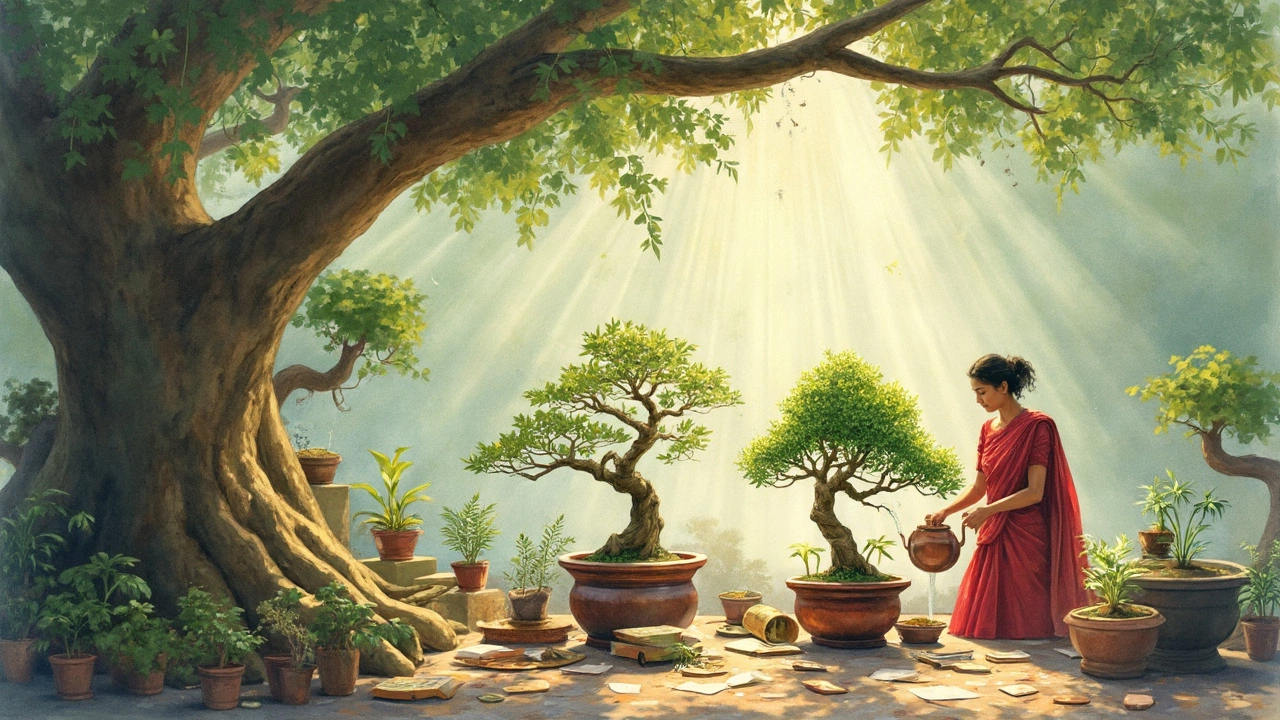
Neglecting Pot Bound Risks
Have you ever thought about how your bonsai might feel being stuck in the same cramped pot for years on end? It’s not just about aesthetics; staying in one pot too long can seriously mess with your tree's health. When a bonsai becomes pot bound, its roots start to grow in circles along the edges of the soil, which can lead to a stunted tree and even kill it if left unchecked.
To keep your little green buddy going strong, you should think about repotting it every 2-3 years, depending on its species and growth rate. Spring is the best time for a repot, right before the tree starts its active growth phase.
Here’s a quick rundown on how to avoid this issue:
- Check the roots: Tip the tree out of its pot and have a look. If the roots seem thick and tangled, like a block, it’s time for a move.
- Trim the excess: Gently prune the roots, removing no more than one-third. It’s like giving your bonsai a haircut – just do it carefully.
- Fresh soil and pot: Use fresh, well-draining soil to give your bonsai a new home. Make sure the pot is appropriate in size; not too big, not too small.
Skimping on these repotting steps not only impacts plant health but might also rob you of enjoying a flourishing mini garden. Keep an eye on your bonsai’s needs, and it’ll reward you with its beauty for years to come.
